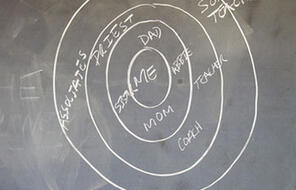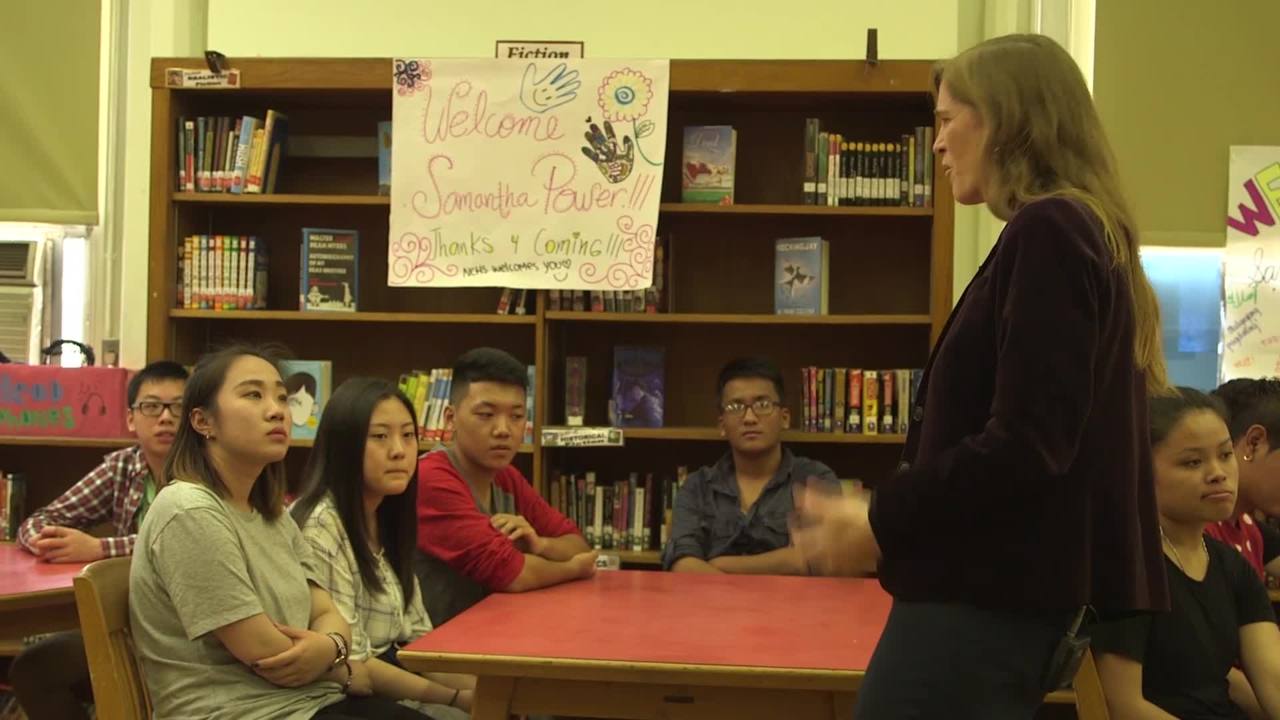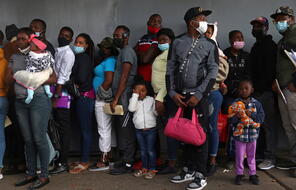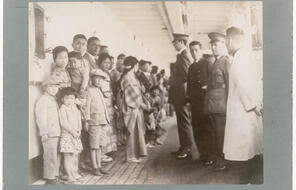
What Is Our Obligation To Asylum Seekers?
At a Glance
Language
English — USSubject
- Civics & Citizenship
- History
- Social Studies
Grade
6–12- Global Migration & Immigration
- Human & Civil Rights
Overview
About This Mini-Lesson
In the summer and fall of 2021, migration across the US-Mexico border increased after a period of very low migration during the early stages of the coronavirus pandemic. In recent years, many migrants crossing the US-Mexico border have petitioned for asylum in the United States, asking for protection from persecution in their home countries.
Since the beginning of the pandemic, first the Trump administration and then the Biden administration have used a provision known as Title 42—which allows federal health officials to prevent people from entering the country during a public health emergency—to immediately expel a large proportion of migrants attempting to enter the United States. In September 2021, thousands of migrants were deported to Haiti under this policy. Title 42 has sparked controversy because it allows the US government to deport migrants before they have a chance to petition for asylum.
This mini-lesson helps students understand how the asylum process works in the United States and also consider the question: Who has an obligation to help asylum seekers?
Preparing to Teach
A Note to Teachers
Before you teach this mini-lesson, please review the following guidance to tailor this lesson to your students’ contexts and needs.
Activities
Activities
Materials and Downloads
Resources from Other Organizations
Additional Resources
Unlimited Access to Learning. More Added Every Month.
Facing History & Ourselves is designed for educators who want to help students explore identity, think critically, grow emotionally, act ethically, and participate in civic life. It’s hard work, so we’ve developed some go-to professional learning opportunities to help you along the way.
Exploring ELA Text Selection with Julia Torres
On-Demand

Working for Justice, Equity and Civic Agency in Our Schools: A Conversation with Clint Smith
On-Demand

Centering Student Voices to Build Community and Agency
On-Demand



















